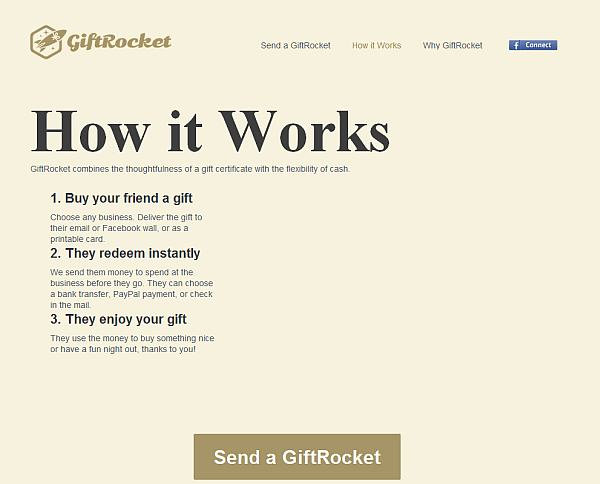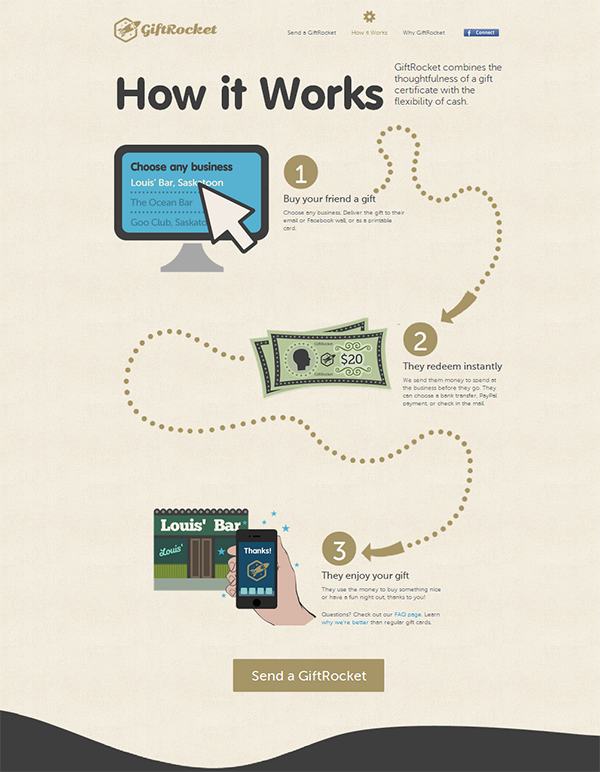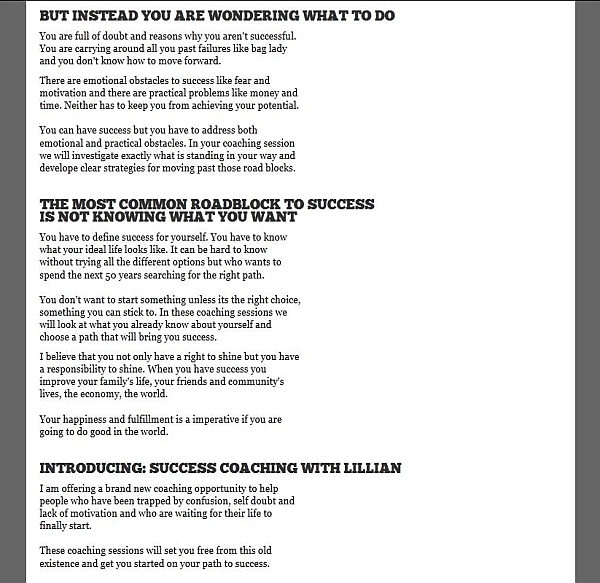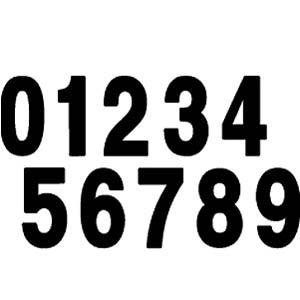8 Things That Grab and Hold Website Visitor’s Attention
来源:互联网 发布:淘宝最新规则大全 编辑:程序博客网 时间:2024/05/17 09:12
http://conversionxl.com/how-to-grab-and-hold-attention/
1、新奇
新颖性、变化、视觉化。人们不喜欢boring的事物。
2、对比
没有对比就没有说明。
3、情感
能引发情感的内容被记住的更持久。
4、娱乐性
带有娱乐性的内容会让观众注意到,并且保持长时间的注意力。
5、简单
越是简单的说明,就越有沟通效果。不要让观众迷惑。
人们都是没有什么耐心的。
We live in a world of short attention spans. Attention span is the amount of time that a person can concentrate on a task without becoming distracted.
Since that task can be learning about your product, figuring out if your service is right for them – it’s *kind of* important. So you need to learn how to grab and hold website visitor’s attention.
You want your prospects to browse your site and follow the flow towards an action (signup, purchase). The more you can sustain the visitor’s attention, the higher the chances they will convert.
Filters in our brain: what our mind pays attention to
One of the key parts of the brain which focuses attention is the Reticular Activating System (RAS).
RAS is best known as a filter because it sorts out what is important information that needs to be paid attention to and what is unimportant and can be ignored. Without this filter, we would all be over stimulated and distracted by noises from our environment around us.
Because it subconsciously monitors all sensory information in the environment around you, it notices any changes in that stimuli. Besides alerting the cerebrum to any changes in the environment, the RAS also sends signals that have to do with:
- Physical need. When we’re hungry and we see food, we pay attention. We wake up in the night when we need to go to the bathroom.
- Self-made choice. We decided to buy a new BMW 325 and suddenly see them everywhere. This effect is also calledpriming.
- Your name. We notice the name dearest to us.
- Emotion. If something evokes an emotion in us, they have our attention.
- Contrast. We pay more attention to things that are in contrast to other things.
- Novelty. The brain pays more attention to things in the environment that are new to a person’s experience.
1. Novelty keeps you going
Neuroscientists say novelty promotes information transmission.
Our minds seems to gravitate toward novelty. Not only does a novel experience seem to capture our attention, it appears to be an essential need of the mind.
Novel means unknown, and what is unknown demands attention of our brain. Once the new thing is known and understood, then we look to find another unknown to master.
In order to keep your website visitor’s attention sustained, you need to present novelty every second.
Compare these 2 pages:
Page 1:

Page 2:

Which one was more interesting to look at? Which page captured more of your attention?
(The first image was my creation for this post , second one actual screenshot ofGiftrocket).
No doubt about it, right? The latter version had much more novelty, and hence kept our attention much better.
Text-heavy pages
If you have text-heavy content you want users to read – like a long form sales copy – you have to use novelty to keep their attention and get as many people as possible to read it.
Here’s an excerpt from a text-heavy long form salescopy:

Once a visitor arrives on the page and starts reading, the novelty factor disappears within seconds. It’s all the same, in uniform style. Boooring!
What can we do to improve the novelty factor here? How could we spice it up to improve the attention it will gain?
Check out a simple makeover:

Small changes in background color, text positioning and added images make the whole thing more interesting to go through, resulting in increase in sustained attention.
Different trumps the same
Our brain pays close attention to patterns, and quickly learns to ignore anything that is routine, repetitive, predictable, or just plain boring.
Finding changes in the patterns used to be about life and death (noticing enemies or animals in the distance, changes on the horizon). Now the same trait ensures people will ignore sameness and pay attention to different.
2. Demonstrate contrast
The brain pays more attention to things that are in contrast to other things in the environment or to things that are in contrast to what came before. This is another evolutionary trait in humans.
The old brain – the part of the brain that decides – seeks clear contrast in order to make instant decisions and avoid confusion that results in delayed decisions
You can use it to get people to pay attention to your product by demonstrating its benefits in a before-and-after format:

You’ve seen this before. It works. It doesn’t have to be about fitness, it can be any kind of transformation: wealth, conversion rates, traffic, beauty, size of this or that, cleanliness, remodeling, whatever.
From the book Neuromarketing: “…the old brain is wired to pay attention to disruptions or changes” such as before/after, risky/safe, with/without, and fast/slow. Therefore, to get the old brain’s attention, create contrast and avoid things like neutral statements that dull contrast.
Try to come up with a way you could use contrast to prove your product promise. If you do, attention follows.
3. Inspire emotion
Create emotions in people and you’ve got their attention.

Shock is one of oldest tricks in the advertisers’ playbook. When you get people to feel something (anything), they not only pay attention to your message (or visual), but also remember it.
Think back to your last 12 months. Which things do you remember the most? My money is on the events where you felt the most emotion.
Of course, emotion doesn’t have to be about sex, shock and scandal like this Tom Ford ad.
Emotion drives attention which drives learning.
Robert Sylwester, A Celebration of Neurons (1995)
You can reinforce most messages with an emotional image, and an emotional copy to go with it.
This ad here definitely evoked some emotions in me:

Image credit
Pack some emotion in your visuals and copy, and people will pay more attention to your stuff.
4. Present information in a logical, sequential pattern
John Medina, the author of Brain Rules, says this: “The brain naturally focuses on concepts sequentially one at a time.”
How you structure the content on your pages matters. Start with a clear introduction to explain what it’s all about (value proposition promise), followed with the body of your presentation (sales copy) and finish with a conclusion, direct your audience to what’s next (call to action).
The sequential flow makes it much easier for your audience to follow and keep their attention. When the text is unclear, too complex or disjointed your audience has to work hard to make sense of it. This is when they start to switch off.
All in all people are unable to focus on something for more than 10 minutes at a time. You need to close the sale before that (or do something emotionally relevant at each 10-minute mark to regain attention).
5. “There is no such thing as an attention span. There is only the quality of what you are viewing.”
This is a quote by Jerry Seinfeld. It goes on like this “This whole idea of an attention span is, I think, a misnomer. People have an infinite attention span if you are entertaining them.”

I believe he’s right on the money. If the content or the way you present it suck, no attention span trick will help you.
People are generally capable of a longer attention span when they are doing something that they find enjoyable or intrinsically motivating–says Wikipedia. This just confirms what Seinfeld said.
Relevancy is everything. The interests and/or needs of the prospect need to match your offering, your content. Your presentation style needs to be entertaining andfun enough to sustain the attention. Everything else is secondary.
People don’t pay attention to boring things. Put yourself in your customer’s shoes and ask “what’s in it for me?” for everything in your home page and sales pages.
Photo by Alan Light
6. People don’t read, but scan. Plan accordingly
We know that people don’t read everything on our website. There’s no way of making them either.
What you can do is enable them to scan better, so they’d be able to grab the most important parts quickly.
How? F-patterns.
Eyetracking visualizations show that users often read website content in an F-shaped pattern: two horizontal stripes followed by a vertical stripe.
![]()
How to design for F-patterns? Read here.
Image credit
7. Show examples

The phrase “let me show you what I mean” is one of the best ways to get your point across when trying to explain something. It rivets attention in expectation of visual relevance, something the brain appreciates very much.
Without concrete experience, the information may have little meaning no matter how much someone explains it to you.
Patricia Wolfe, Brain Matters (2001)
When evaluating a product or a service, people’s brain is working to understand and make conclusions, come to a decision. Imagery is a superb way to demonstrate something and to provide answers to the questions your brain is asking.
The decision making part of our brain is the “old brain“. The old brain prefers visual stimuli which are processed faster than words and concepts. This is why you should provide visual examples to what you explain in words.
Interested to learn more? Read this book.
Image credit
8. Website speed matters
Make your site fast. Period.
Even a few seconds’ delay is enough to create an unpleasant user experience. Instead of focusing on your content, they’re consciously annoyed by having to wait for your site to load.
Usability guru Jakob Nielsen states that 0.1 second site load gives the feeling of instantaneous response. 1 second keeps the user’s flow of thought seamless. Users can sense a delay, but they still feel in control of the overall experience. A 10-second delay will often make users leave a site immediately.
Use Pingdom to measure your site load speed.
Firefox noticed that when their site loaded 1 second slower, they got a decrease in conversions by 2.7%. Bing and Google found that a delay as small as 0.4 seconds reduced people’s usage of those sites – on that visit and in future visits. Amazon reported that 100ms increase in speed equals 1% revenue increase.
How to make your site faster
- Use Google PageSpeed to discover how to improve your site performance.
- Use http caching, or caching plugins if you’re on WordPress.
- Use a CDN or Cloudflare
- Use something better than a shared hosting account (cloud, vps etc)
Bonus: Red lips grab men’s attention

Marketing to men? Show red lips to grab their attention, says this research.
Manchester University carried out the research by tracking the eye moments of 50 men as they were presented with images of different women.
The research concluded that if women wore lipstick, the men gazed at their lips for an average of seven seconds. Research further showed, he would spend just 0.95 seconds looking at their eyes and 0.85 seconds studying their hair.
Image credit
Final questions
Think about your attention.
Did you really read the whole thing in one go? How much did you skip? What else did you do while reading this article? Did you stare at Scarlett’s lips as long as you spent reading the article?
- 8 Things That Grab and Hold Website Visitor’s Attention
- Start to grab things
- Google website optimizer. What’s that all about?
- 5 Ways to Grab Attention with Imagery
- Smash and grab
- Smashed and grab
- hold on and hold off
- Things That Cannot Change
- Things That Cannot Change
- In the end, it's these small things that you remember.
- Automatically Grab Images From a Website With C#
- Ten websites that teach coding and a bunch of other things
- Just do it and never give up,then you will find that things become better
- hold and unhold
- That 'Internet of Things' Thing
- attention and debug
- Yu Jiangsheng's website
- Muller’s method (website)
- 一个简单的圆形图片实现
- Freemarker模板应用
- Android开发在路上:少去踩坑,多走捷径
- 在VS2010中打开VS2012的项目
- [spring] Tomcat 中WEB文件的初始化操作
- 8 Things That Grab and Hold Website Visitor’s Attention
- 《深入浅出MFC》学习笔记之一
- Android Activity/活动页面切换实现动画效果
- 字符串转换字节数组
- Js获取当前日期时间及其它操作
- 【迅为推荐】适合新手学习的arm开发板-iTOP-4412开发板
- 大端模式&小端模式 主机序&网络序
- java获取本项目的路径问题
- 陈怡暖:尽管缺乏强劲上行动力,仍看涨黄金


